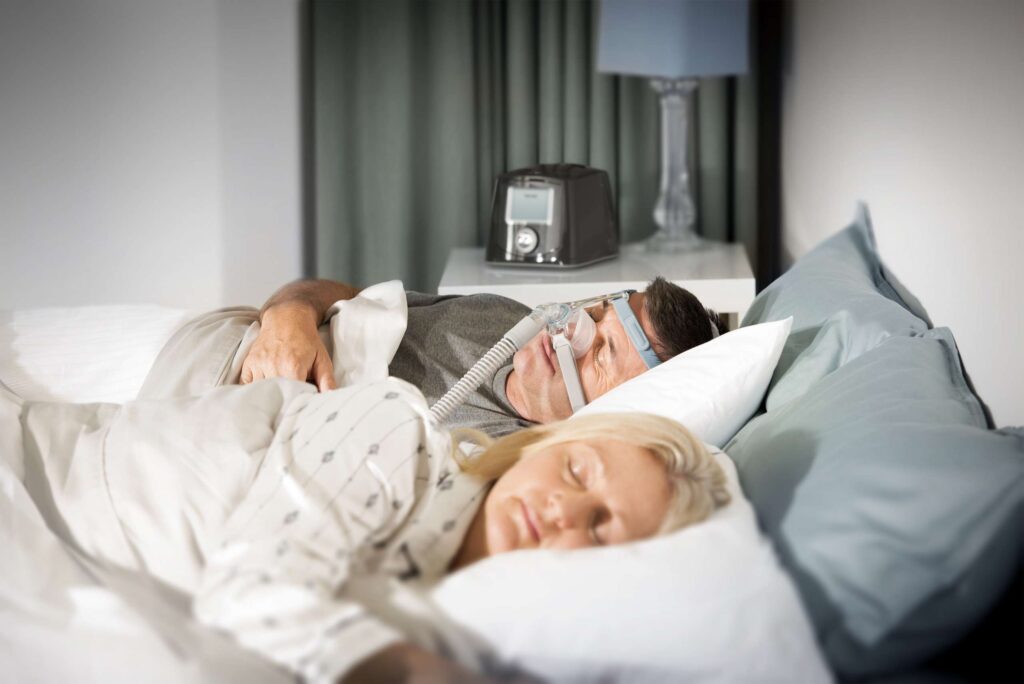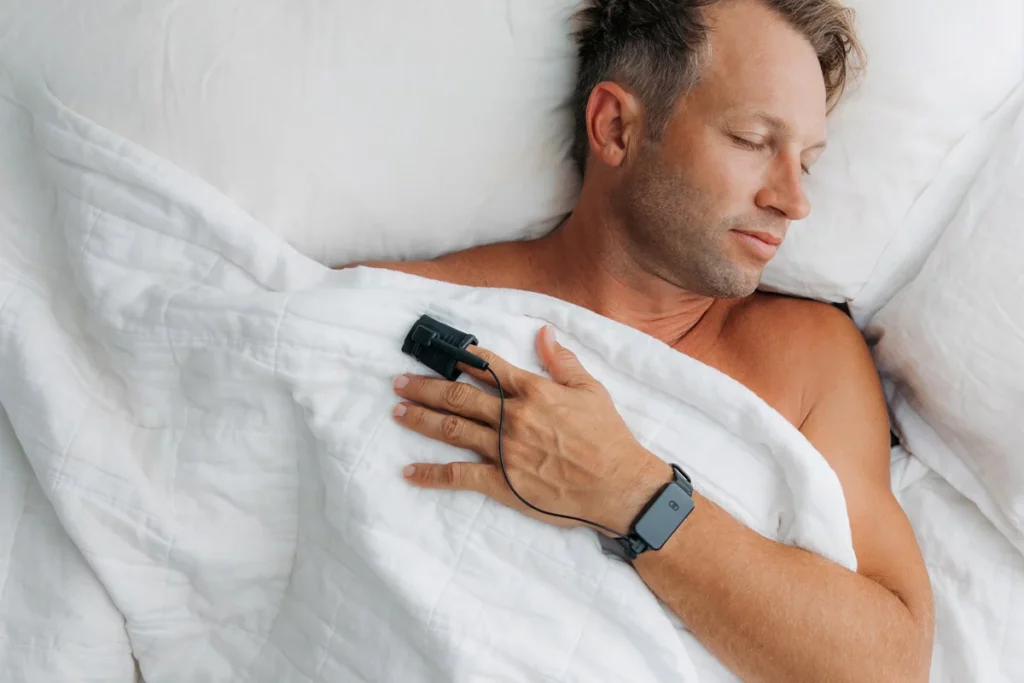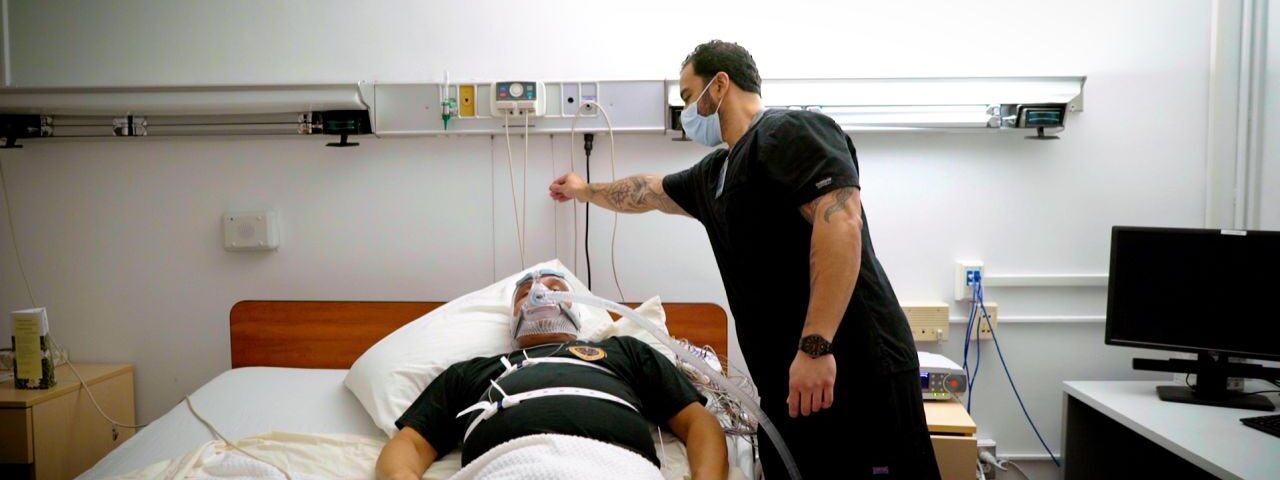Sleep apnea is a common sleep disorder that can severely impact health and quality of life. Understanding its implications, testing methods, and costs is crucial for anyone experiencing symptoms or at risk. This guide aims to provide a comprehensive overview of sleep apnea testing costs in Australia, inclusive of various factors affecting these prices and coverage options available.
Understanding Sleep Apnea
What is Sleep Apnea?
Sleep apnea is characterized by repeated interruptions in breathing during sleep. These interruptions can last a few seconds to minutes and may occur 30 times or more in an hour. There are three main types of sleep apnea: obstructive sleep apnea (OSA), central sleep apnea (CSA), and complex sleep apnea syndrome, which combines both OSA and CSA.
In conclusion, understanding sleep apnea test cost Australia, the importance of testing, types of tests available, associated costs, and insurance coverage can empower individuals to make informed decisions about their health. If you suspect you have sleep apnea, consider seeking advice from a healthcare professional to initiate the testing process.
Obstructive sleep apnea is the most common type, typically caused by a blockage of the upper airway. Central sleep apnea, on the other hand, occurs when the brain fails to send the correct signals to the muscles that control breathing. Understanding the type of sleep apnea is essential for choosing the appropriate treatment. In many cases, lifestyle factors such as obesity, smoking, and alcohol consumption can exacerbate OSA, making it crucial for individuals to assess their habits and make necessary changes to mitigate risks. Furthermore, anatomical factors like the size of the neck or throat can also play a significant role in the development of sleep apnea, highlighting the importance of personalized approaches to diagnosis and treatment.
Symptoms and Risks of Sleep Apnea
The symptoms of sleep apnea can vary, but common indicators include loud snoring, episodes of stopped breathing during sleep, abrupt awakenings accompanied by gasping or choking, morning headache, and excessive daytime sleepiness. These symptoms can significantly disrupt sleep patterns and overall health. Individuals may find themselves feeling fatigued throughout the day, struggling to concentrate, or experiencing mood swings, which can affect both personal and professional relationships.
Moreover, untreated sleep apnea can lead to serious health risks such as cardiovascular problems, high blood pressure, diabetes, and liver issues. Mental health can also be affected, with an increased risk for anxiety and depression. The cyclical nature of sleep apnea can create a feedback loop where poor sleep exacerbates mental health issues, making it even more challenging for individuals to seek help. By recognizing these symptoms and risks, individuals can take proactive steps towards evaluation and treatment. Awareness of sleep apnea’s impact on overall well-being is essential, as early intervention can lead to better health outcomes and improved quality of life.

The Importance of Sleep Apnea Testing
Early Detection and Diagnosis
Early detection of sleep apnea is critical for effective management and treatment. Testing can confirm the presence of sleep apnea and identify its severity, allowing healthcare providers to recommend suitable interventions. Comprehensive evaluations often involve sleep studies and questionnaires aimed at assessing sleep patterns and behaviors.
Diagnosis typically involves not only the identification of symptoms but also objective measurements obtained through testing. These evaluations can provide insights into the patient’s oxygen levels, breathing patterns, and heart rate during sleep. In addition to traditional overnight polysomnography, home sleep apnea tests have become increasingly popular, offering a more convenient option for patients. These tests can be conducted in the comfort of one’s home, using portable devices that monitor key metrics, making it easier for individuals to seek help without the anxiety of a clinical setting. Learn more about oxygen on https://www.utoledo.edu/nsm/ic/elements/oxygen.html
Treatment Options and Their Impact
Once diagnosed, several treatment options exist for managing sleep apnea. Continuous positive airway pressure (CPAP) therapy is one of the most common treatments, as it helps keep the airway open by delivering air through a mask. Other options include lifestyle changes, Oral Appliances, positional therapy, and, in some severe cases, surgery.
The choice of treatment can significantly impact a person’s quality of life. Many patients report improved sleep, enhanced mood, and better overall health following effective treatment. For instance, individuals who adhere to CPAP therapy often experience a dramatic reduction in daytime fatigue, which can lead to increased productivity at work and improved relationships. Additionally, addressing sleep apnea can mitigate the risk of associated health conditions such as hypertension, diabetes, and cardiovascular disease, underscoring the importance of timely testing and diagnosis for long-term health benefits. Moreover, ongoing follow-up care and adjustments to treatment plans are essential to ensure that patients continue to receive the best possible outcomes as their needs evolve over time.
Types of Sleep Apnea Tests
Home Sleep Tests
Home sleep tests (HST) are increasingly popular due to their convenience and affordability. These tests allow patients to undergo sleep studies in the comfort of their homes using portable monitoring devices. The tests typically monitor parameters such as breathing patterns, oxygen saturation levels, and heart rate, providing valuable data for diagnosis. Many patients appreciate the ability to sleep in their own bed, which can lead to more natural sleep patterns and potentially more accurate results.
While HSTs are convenient, they may not be suitable for everyone, particularly those with complex medical conditions or severe symptoms. In such cases, a more comprehensive in-lab sleep test may be necessary for accurate diagnosis and treatment planning. Additionally, the interpretation of HST results can sometimes be limited, as they may not capture the full range of sleep disturbances that a polysomnography study would reveal. Therefore, it is essential for patients to discuss their symptoms and medical history with their healthcare provider to determine the most appropriate testing method.
Find about bulk billed sleep apnea test on: Bulk Billed Sleep Apnea Test
In-lab Sleep Tests
In-lab sleep tests, also known as polysomnography, are conducted in a sleep center or hospital. During these studies, patients are monitored overnight using a combination of sensors to track brain activity, eye movements, breathing, heart rate, and other vital signs. This detailed monitoring provides a thorough understanding of the patient’s sleep cycle and disturbances. The environment is designed to mimic a home setting as much as possible, with comfortable beds and soothing lighting to help patients relax and fall asleep.
In-lab tests are considered the gold standard for diagnosing sleep apnea and are especially effective in cases where complex disorders are suspected. However, they are typically more expensive and require an overnight stay at the facility. The comprehensive data collected can help identify not only sleep apnea but also other sleep disorders, such as restless leg syndrome or narcolepsy. Furthermore, the presence of trained sleep technicians during the test can provide immediate assistance if any issues arise, ensuring a safer and more reliable assessment of the patient’s sleep health. To read more about vital signs click here.
Cost Factors for Sleep Apnea Tests
The Role of Healthcare Providers
The cost of sleep apnea testing can vary significantly depending on various factors, including the type of test conducted and the healthcare providers involved. Generally, healthcare providers will assess the patient’s symptoms and medical history before referring them to a sleep specialist or sleep center. This initial consultation is crucial, as it helps determine the most appropriate testing method based on the severity of the symptoms and any underlying health conditions.
Factors influencing the cost include consultations, test fees, follow-up appointments, and any additional treatments prescribed after the diagnosis. Patients should understand these elements to better anticipate their financial responsibilities. Moreover, the expertise of the healthcare provider can also impact costs; specialists with extensive experience in sleep medicine may charge higher fees for their services. It’s essential for patients to communicate openly with their providers about costs and explore any available financing options or payment plans that may ease the burden of these expenses.
Out-of-Pocket Expenses
Out-of-pocket expenses for sleep apnea tests can add up, especially when testing options and associated fees are considered. Depending on insurance coverage, patients may be responsible for copayments, deductibles, or the total cost if their plan does not cover sleep studies. Additionally, some patients may not have insurance or may face limitations in their coverage, leading to unexpected financial strain.
On average, home sleep tests can range from AUD 300 to AUD 800, while in-lab polysomnography tests can cost between AUD 1,000 and AUD 3,000. These costs highlight the importance of checking with your healthcare provider and insurance plan to understand potential expenses. Furthermore, patients should be aware that there may be ancillary costs associated with the testing process, such as the need for follow-up consultations, prescription medications, or even lifestyle changes recommended by the sleep specialist. Understanding the full scope of potential expenses can help patients make informed decisions about their health and financial planning.
Insurance and Medicare Coverage for Sleep Apnea Tests
Understanding Your Insurance Policy
Most private health insurance plans in Australia offer partial or full coverage for sleep apnea testing, but specifics can vary significantly from one provider to another. Patients should thoroughly review their policies, considering factors such as premiums, deductibles, coverage limits, and specific exclusions related to sleep studies.
It’s advisable to discuss insurance coverage directly with your healthcare provider, who can clarify which tests are covered and what out-of-pocket expenses might be expected. Checking with the insurer beforehand can alleviate surprises when billing occurs after testing.
Additionally, some insurers may require pre-authorization for certain tests, which can add another layer of complexity to the process. Patients should be proactive in gathering all necessary documentation, including referral letters and medical history, to streamline the approval process. Furthermore, understanding the appeals process in case of denied claims can be beneficial, as many patients find themselves navigating this challenging aspect of healthcare coverage.

Medicare and Sleep Apnea Testing
In Australia, Medicare may cover some costs associated with sleep apnea testing, particularly if a patient’s doctor refers them for a sleep study based on medical necessity. Coverage typically includes both home sleep tests and in-lab sleep studies for patients diagnosed with sleep apnea.
To take advantage of Medicare benefits, patients must have a valid referral from their physician, and it’s essential to follow the required procedures as outlined by Medicare. Understanding how Medicare applies to sleep studies can provide significant cost savings and ensure access to necessary testing and treatment options.
Moreover, it’s important to note that Medicare may also cover follow-up consultations and treatments related to sleep apnea, such as Continuous Positive Airway Pressure (CPAP) therapy. Patients should inquire about the specifics of these additional services, as they can significantly impact overall treatment costs. Keeping abreast of any changes in Medicare policies is crucial, as regulations can shift, potentially affecting coverage and eligibility for sleep apnea-related services.

